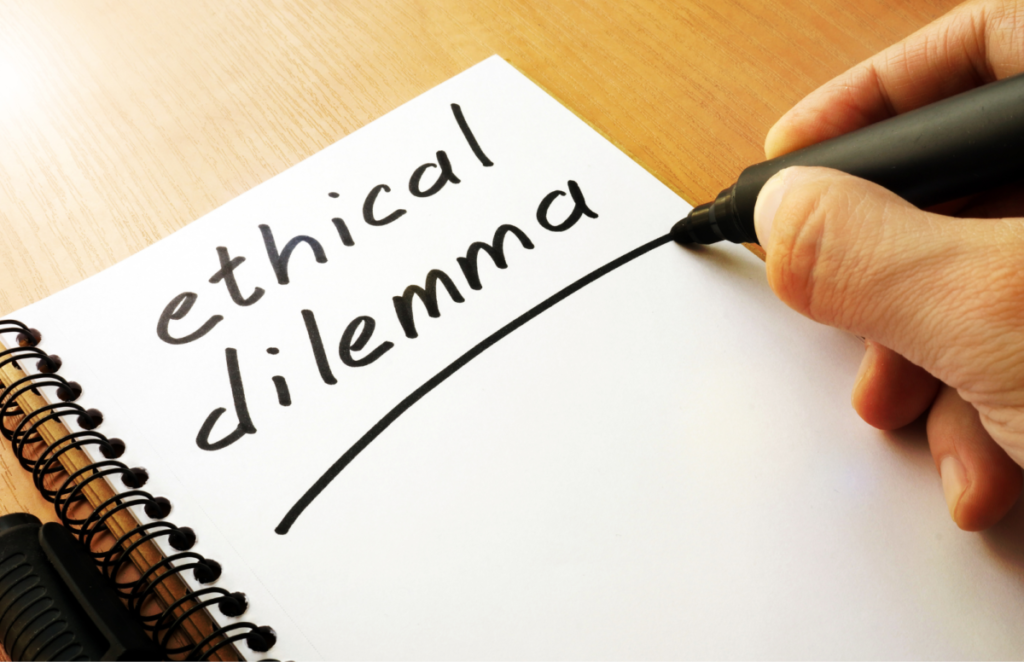
2a) In my previous creative endeavors, I have often drawn inspiration from other artists’ work and utilized their creative content as a reference for my own projects. Specifically, when working on illustrations, I would occasionally use photographs as reference pictures to grasp the proportions and realistic elements of human figures. To ensure proper credit, I made it a point to acknowledge the photographers or sources of these reference images in my portfolio or design process presentations. By acknowledging the influence and impact of their photography on my artistic style, I aimed to give credit where it was due and highlight the collaborative nature of my creative process. Moreover, in the realm of UX/UI design, I frequently turn to platforms like Pinterest to gather inspiration and create mood boards for my projects. As I draw from a variety of styles and visual elements found on Pinterest, it is crucial for me to cite and attribute the sources from which I derived those ideas. This not only acknowledges the original artists but also provides a clear connection between their work and my design choices. By explaining why I chose certain styles from the mood board and how they contributed to the success of my designs, I aimed to demonstrate my ability to synthesize diverse influences and apply them in innovative and effective ways. By giving credit to the artists and sources that have influenced my work, I aim to uphold ethical standards of integrity and respect within the creative community. Properly crediting the original creators not only honors their contributions but also fosters a culture of collaboration and appreciation.
2b) I believe that the Fairey Copyright case was necessary to establish clear boundaries within the artist and designer community and to discourage plagiarism while promoting a culture of crediting and uplifting fellow creatives. Intellectual property rights play a crucial role in protecting the originality and creative contributions of artists. By addressing the case, it highlighted the importance of seeking proper permissions and licensing when utilizing copyrighted material. The case’s outcome helped reinforce the message that artists and designers should respect and acknowledge the work of others that influenced their own creations. It serves as a reminder that giving credit to the original creators not only demonstrates integrity but also fosters a stronger and more supportive creative community. By recognizing the contributions and inspirations of others, artists can build upon previous work, push boundaries, and develop new and innovative ideas. Establishing boundaries through legal cases like this helps maintain a fair and equitable environment for artists and designers. It encourages individuals to engage in responsible and ethical practices when utilizing external sources or references in their creative endeavors. By preventing plagiarism and encouraging proper crediting, the case promotes a culture of collaboration, respect, and continuous growth within the creative community. In a world of AI generating art, a case like the Fairey Copyright case becomes even more crucial. With the rise of AI technology, the boundaries of creativity and intellectual property are being challenged in unprecedented ways. AI algorithms have the capability to generate artworks that closely resemble the style and content of existing pieces. This raises concerns about the originality, attribution, and ethical use of AI-generated art.
References:
- Richard, Grefe. “Guide to Copyright” AIGA. PDF. New York City, 2001`
- Richard, Grefe. “Use of Illustrations” AIGA. PDF. New York City, 2001`
- Fisher, William et al. “Reflections on the Hope Poster Case.” Harvard Journal of Law and Technology, vol. 25, 2012, pp. 244.


